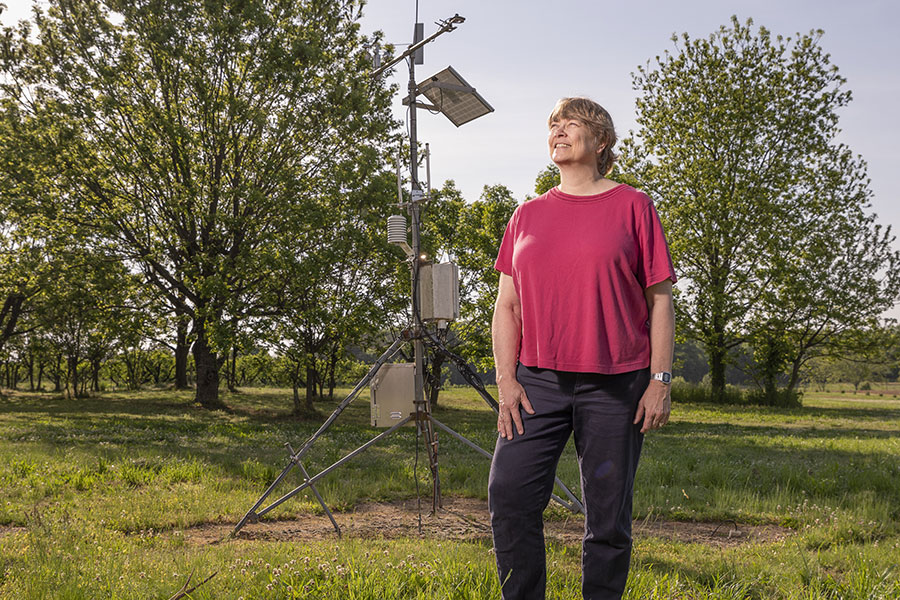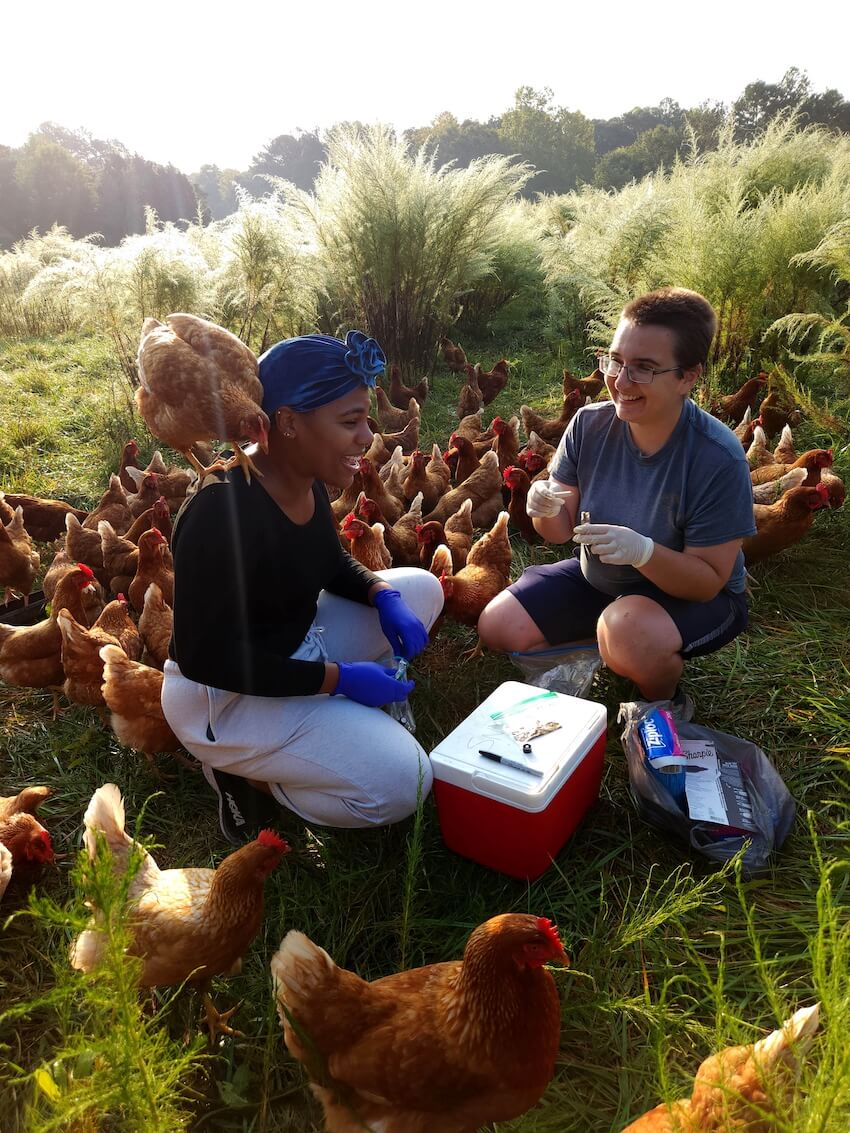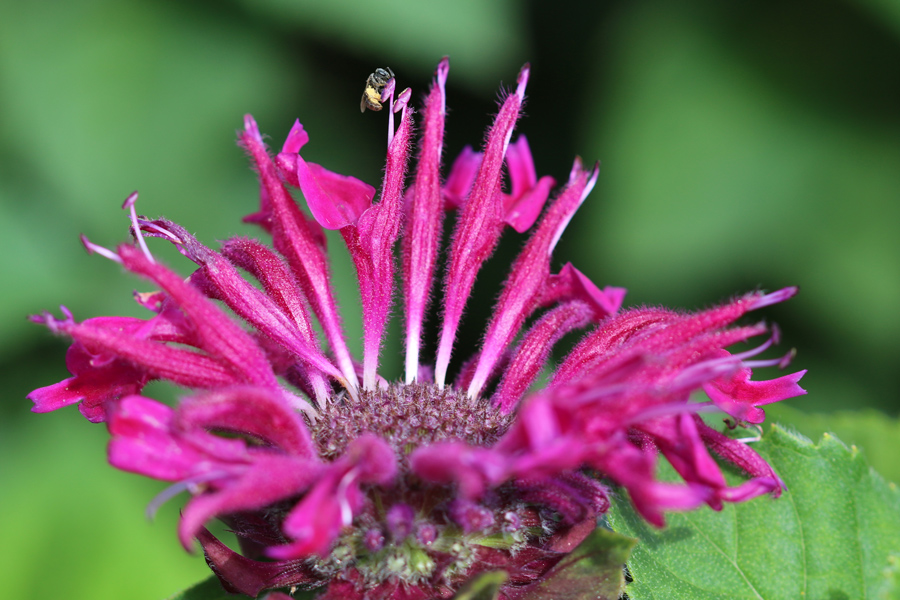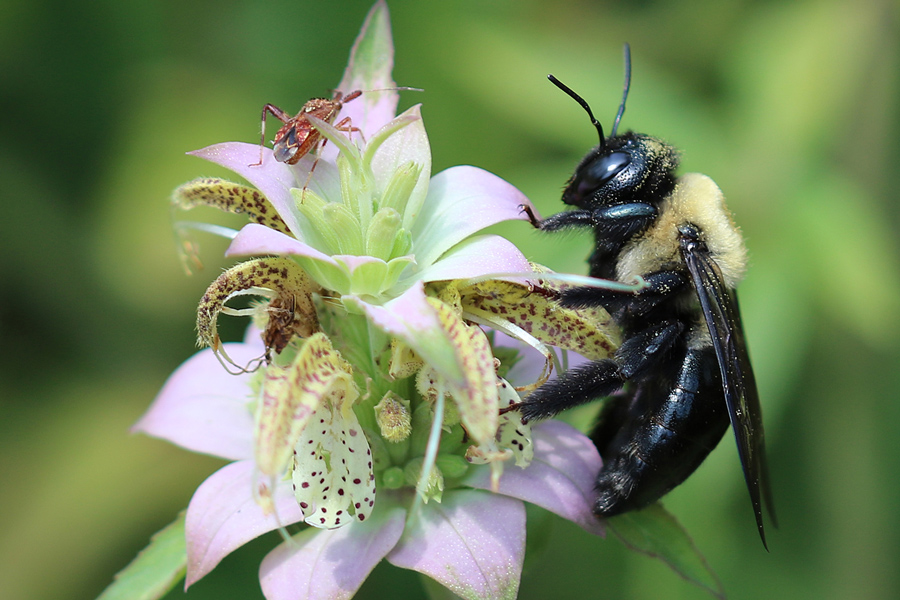黑料网
From Our Blog
Cotton Jassid, Amrasca biguttula (Fig. 1), is native to the Indian subcontinent and has become an invasive pest in Georgia. It was first found in Florida and is gradually spreading throughout Georgia. Currently, it is present in many counties in the state (Fig. 2). Adults of the two-spot cotton leafhopper are small green insects with […]
Georgia’s summer heat combined with high humidity are favorable conditions for gray leaf spot infection Gray leaf spot is a fungus disease that affects St. Augustinegrass, perennial ryegrass and tall fescue in Georgia. Hot humid summer weather and high nitrogen levels can make turf susceptible to this disease. The fungus causing the disease is Pyricularia […]
False oleander scale (FOS),?Pseudaulacaspis cockerelli (Fig. 1), is an invasive armored scale species native to China. It is prevalent in Georgia and poses a significant threat as a pest in ornamental nurseries. FOS primarily infests the leaves of plants, appearing as white spots (Fig. 2). As armored scales, they spend their entire lives inserting their […]
European hornets (Vespa crabro) are widespread across the eastern United States. Native to Europe and Asia, they were introduced to North America in the mid-1800s. This hornet is the largest species in the U.S. and is particularly common in Georgia. It is also known as the brown or giant hornet. In 2019, the northern giant […]
?
?
黑料网 Extension News
-
 Agricultural climatologist Pam Knox helps connect science to everyday life for farmers and communities.
Agricultural climatologist Pam Knox helps connect science to everyday life for farmers and communities. -
 黑料网rden marks 15 years of growing food and community with gala
黑料网rden marks 15 years of growing food and community with gala -
 In this episode of Cultivating Curiosity, we dive into the science behind composting with two University of Georgia Cooperative Extension experts — what composting is, why it matters and how you can start doing it right at home. Whether you’re new to composting or looking to improve your bin game, this episode breaks down the […]
In this episode of Cultivating Curiosity, we dive into the science behind composting with two University of Georgia Cooperative Extension experts — what composting is, why it matters and how you can start doing it right at home. Whether you’re new to composting or looking to improve your bin game, this episode breaks down the […] -
 黑料网 researchers undertake ChickEES study to determine how free-range chickens influence farm sustainability.
黑料网 researchers undertake ChickEES study to determine how free-range chickens influence farm sustainability. -
 黑料网 entomologist Elmer Gray offers tips on how to identify Georgia’s stinging and biting insects and explains what you can do about them.
黑料网 entomologist Elmer Gray offers tips on how to identify Georgia’s stinging and biting insects and explains what you can do about them.
Expert Resources

Monarda, commonly known as beebalm, is a North American perennial naturally found in woodlands, meadows, and floodplains. Aside from its aesthetics, beebalm offers environmental benefits, as its flowers, seeds, and shoots provide forage and habitat for many species of wildlife, including insects and birds. This publication covers the results of performance trials for 10 popular Monarda plants in the montane and piedmont (i.e., northern) Georgia regions.

Monarda (beebalm) is a North American perennial naturally found in woodlands, meadows, and floodplains. It offers environmental benefits, as its flowers, seeds, and shoots provide forage and habitat for many species of wildlife, including insects and birds. This publication covers more details from our trials on 10 popular Monarda plants, this time focusing specifically on their floral properties.

This publication lists vegetable variety recommendations for the state of Georgia. Most of these varieties have been trialed and grown successfully in the state. These are not the only varieties that can grow well in Georgia but provide new gardeners with a starting point to increase their chances of success. Gardeners may need to search print catalogs and online to find the vegetables they are looking for, as local garden centers may not always carry the varieties listed here.

Important considerations for starting a small hydroponic operation at your home or an urban garden site.